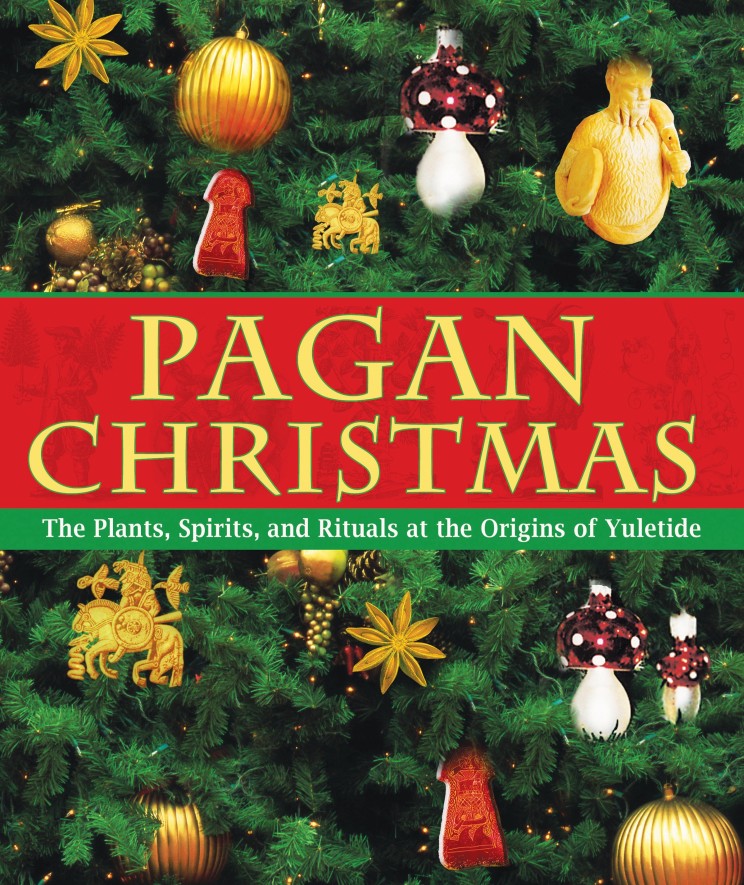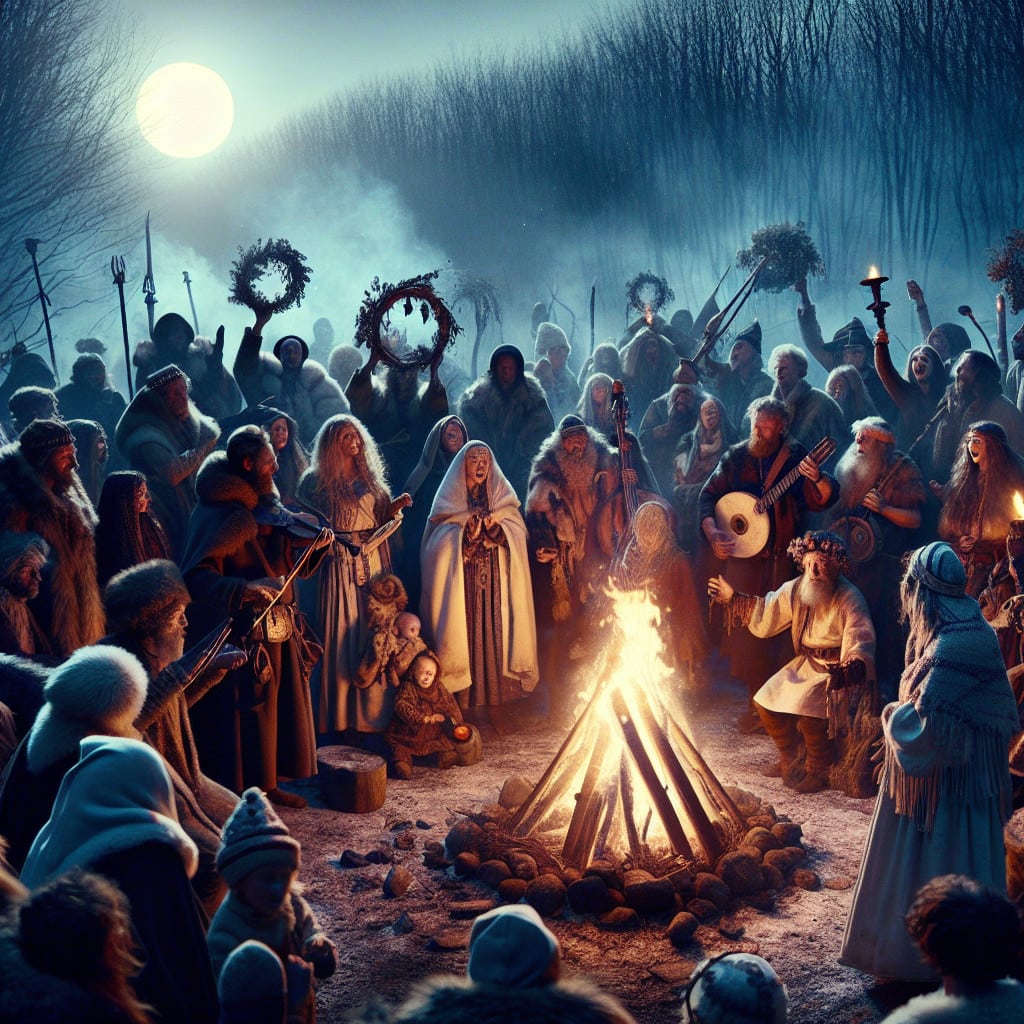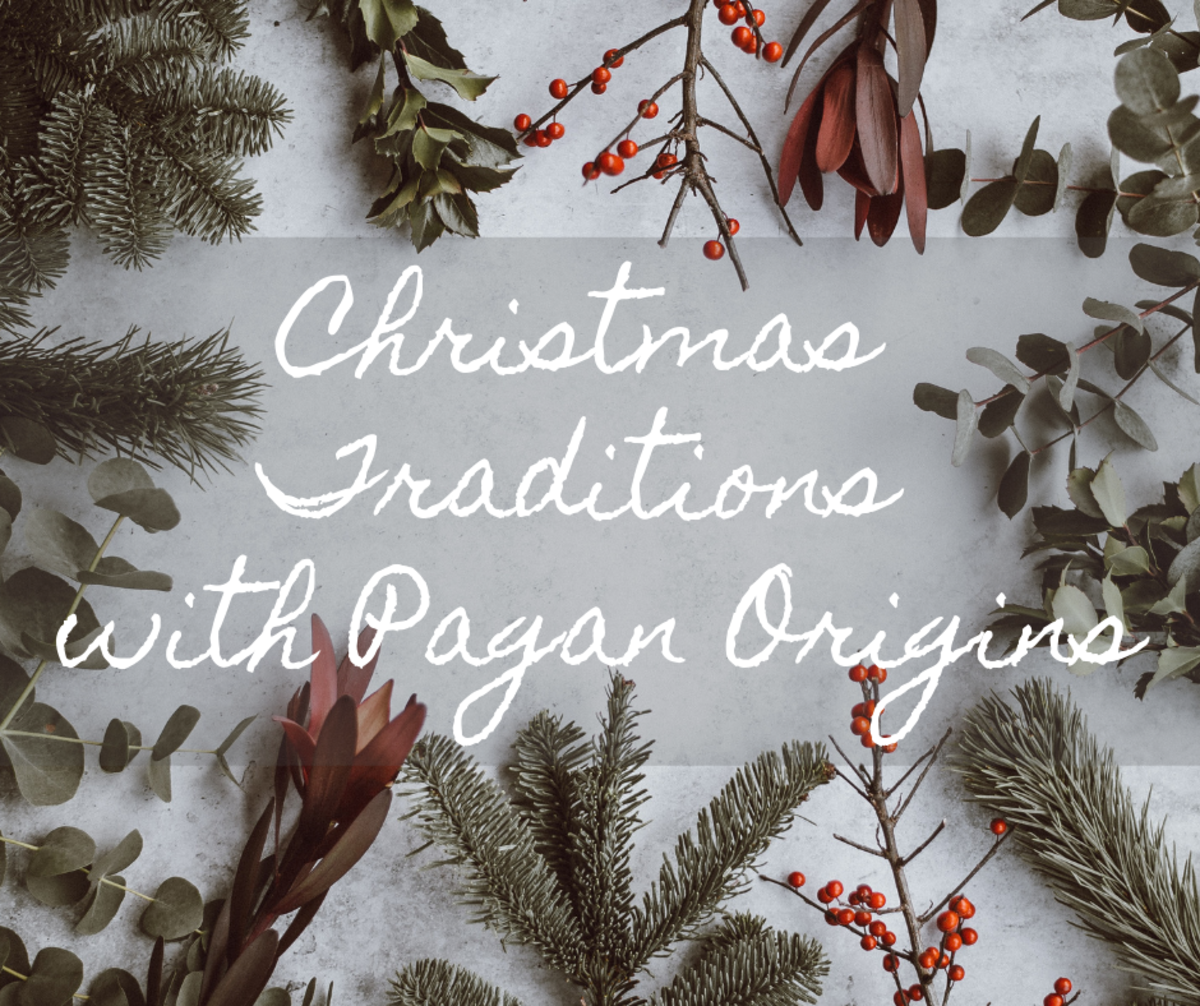
The holiday season is upon us, and with it comes the joy and celebration of Christmas. However, many of us may not realize that the origins of Christmas are deeply rooted in pagan scripture and traditions. In this article, we will explore five ways in which Christmas has its roots in pagan culture and scripture.
The early history of Christmas is a fascinating topic that has been extensively studied by scholars and historians. While the modern celebration of Christmas as we know it today is a relatively recent development, the winter solstice has been a significant event throughout human history. Many ancient cultures celebrated the winter solstice as a time of renewal and rebirth, and it is from these early traditions that many of the symbols and rituals associated with Christmas have their origins.

1. The Winter Solstice
One of the most significant ways in which Christmas is rooted in pagan scripture is through its association with the winter solstice. The winter solstice, which typically falls on December 21 or 22 in the Northern Hemisphere, marks the shortest day of the year and the beginning of the lengthening of days. Many ancient cultures celebrated the winter solstice as a time of renewal and rebirth, and it was often associated with the worship of solar deities.
In ancient Rome, for example, the winter solstice was celebrated as the festival of Saturnalia, which honored the god Saturn and involved feasting, gift-giving, and merriment. Similarly, in ancient Germany, the winter solstice was celebrated as the festival of Yule, which involved the lighting of fires and the exchange of gifts.
The Symbolism of the Winter Solstice
The symbolism of the winter solstice is deeply rooted in pagan scripture and has been incorporated into the modern celebration of Christmas. The evergreen tree, for example, is a symbol of eternal life and rebirth, and is often associated with the winter solstice. The holly plant, with its prickly leaves and red berries, is also a symbol of the winter solstice, and is often used in Christmas decorations.
The use of lights and candles during the winter solstice is also rooted in pagan scripture. In ancient times, the lighting of fires and candles was seen as a way of symbolizing the return of the sun and the lengthening of days. Today, the use of lights and candles is a central part of the Christmas celebration, and is often seen as a way of symbolizing the light of Christ.
2. The Pagan Gods of the Winter Solstice
Another way in which Christmas is rooted in pagan scripture is through its association with the pagan gods of the winter solstice. In ancient times, many cultures worshiped gods and goddesses associated with the winter solstice, and these deities were often celebrated during the festival of Saturnalia or Yule.
The Roman god Saturn, for example, was a deity associated with agriculture and the harvest, and was often worshiped during the festival of Saturnalia. The Germanic god Odin, on the other hand, was a deity associated with war and the hunt, and was often worshiped during the festival of Yule.
The Influence of Pagan Gods on Christmas
The influence of pagan gods on the celebration of Christmas can be seen in many of the symbols and rituals associated with the holiday. The use of holly and ivy, for example, is rooted in the worship of the Roman god Saturn, who was often depicted with a wreath of holly on his head. The use of mistletoe, on the other hand, is rooted in the worship of the Germanic god Odin, who was often associated with the plant.

3. The Festival of Yule
The festival of Yule, which was celebrated by the ancient Germans, is another way in which Christmas is rooted in pagan scripture. Yule, which was typically celebrated on December 21 or 22, was a festival that marked the winter solstice and the beginning of the lengthening of days.
During Yule, the ancient Germans would light fires and exchange gifts, and would often worship the god Odin and other deities associated with the winter solstice. The festival of Yule was also associated with the use of evergreen trees, which were seen as a symbol of eternal life and rebirth.
The Influence of Yule on Christmas
The influence of Yule on the celebration of Christmas can be seen in many of the symbols and rituals associated with the holiday. The use of evergreen trees, for example, is a direct borrowing from the festival of Yule, and is often seen as a symbol of eternal life and rebirth. The use of lights and candles, on the other hand, is also rooted in the festival of Yule, and is often seen as a way of symbolizing the return of the sun and the lengthening of days.
4. The Roman Festival of Saturnalia
The Roman festival of Saturnalia, which was celebrated from December 17 to 23, is another way in which Christmas is rooted in pagan scripture. Saturnalia, which was a festival in honor of the god Saturn, involved feasting, gift-giving, and merriment, and was often associated with the use of evergreen trees and holly.
During Saturnalia, the Romans would often exchange gifts, and would engage in role-reversals, where slaves would be treated as equals and women would be given greater freedoms. The festival of Saturnalia was also associated with the use of masks and costumes, and was often seen as a time of revelry and excess.
The Influence of Saturnalia on Christmas
The influence of Saturnalia on the celebration of Christmas can be seen in many of the symbols and rituals associated with the holiday. The use of evergreen trees and holly, for example, is a direct borrowing from the festival of Saturnalia, and is often seen as a symbol of eternal life and rebirth. The exchange of gifts, on the other hand, is also rooted in the festival of Saturnalia, and is often seen as a way of showing appreciation and affection.

5. The Early Christian Church and Pagan Traditions
The early Christian church, which played a significant role in the development of Christmas, also borrowed from pagan traditions and scripture. The early Christian church, which was established in the 1st century AD, often incorporated elements of pagan culture and scripture into its own rituals and practices.
The celebration of Christmas, which was established in the 4th century AD, is a prime example of this borrowing. The early Christian church, which was seeking to establish a new holiday to commemorate the birth of Jesus Christ, drew on existing pagan traditions and scripture to create the celebration of Christmas.
The Legacy of Pagan Traditions in Christmas
The legacy of pagan traditions in Christmas can be seen in many of the symbols and rituals associated with the holiday. The use of evergreen trees, holly, and ivy, for example, is rooted in pagan scripture and tradition, and is often seen as a symbol of eternal life and rebirth. The exchange of gifts, on the other hand, is also rooted in pagan tradition, and is often seen as a way of showing appreciation and affection.

In conclusion, the origins of Christmas are deeply rooted in pagan scripture and tradition. From the winter solstice to the festival of Yule, and from the Roman festival of Saturnalia to the early Christian church, the celebration of Christmas has borrowed from a wide range of pagan traditions and scripture. By exploring these roots, we can gain a deeper understanding of the holiday and its significance, and can appreciate the many ways in which pagan scripture and tradition continue to influence our modern celebrations.




What is the origin of Christmas?
+Christmas has its roots in pagan scripture and tradition, dating back to the winter solstice and the festival of Yule. The early Christian church incorporated elements of pagan culture and scripture into its own rituals and practices, including the celebration of Christmas.
What is the significance of the winter solstice in Christmas?
+The winter solstice, which typically falls on December 21 or 22, marks the shortest day of the year and the beginning of the lengthening of days. Many ancient cultures celebrated the winter solstice as a time of renewal and rebirth, and it is from these early traditions that many of the symbols and rituals associated with Christmas have their origins.
How did the Roman festival of Saturnalia influence Christmas?
+The Roman festival of Saturnalia, which was celebrated from December 17 to 23, involved feasting, gift-giving, and merriment, and was often associated with the use of evergreen trees and holly. The early Christian church incorporated elements of Saturnalia into its own celebration of Christmas, including the exchange of gifts and the use of evergreen trees.











